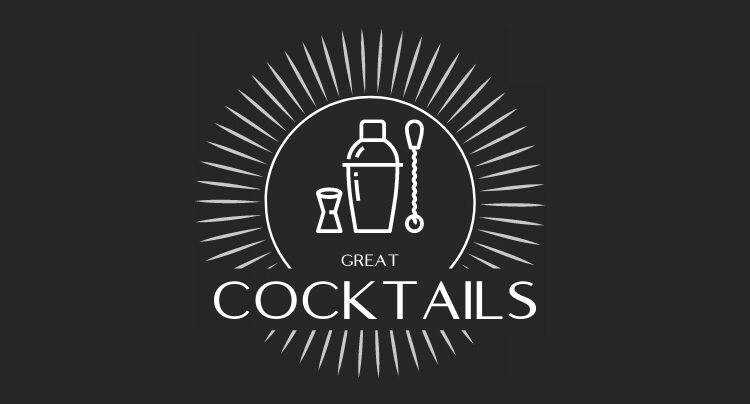Rum has a long history, dating back to the 17th Century where it was enjoyed by pirates and buccaneers. The drink plays a part in the culture of most islands of the West Indies and has strong associations as the British Royal Navy’s official drink.
Rum was a popular means of exchange and helped promote slavery, it also provided economic instigation for Australia’s Rum Rebellion and the American Revolution. Some say that rum ‘tied’ together Europe, America, Africa and the Caribbean through trade. There has been evidence of exchanging rum for products such as flour, fish and meat.
The rum industry grew from the growth of sugar cane plantations in the West Indies in the 17th Century. The oldest producer of rum dates back to 1663 (although this date varies widely) is the Mount Gay Distillery in Barbados. Nowadays most production occurs in and around the Caribbean and along the Demerara River in South America.
Sugar cane first cultivated 2000 years ago and was introduced by Christopher Columbus around the late 15th Century. Rum was then made by boiling the sugar cane down, the residue would then be spun until crystallised, it would then be separated and re-boiled, mixed with water and yeast, then distilled (aged) in oak casks.
Two types of rum can then be distilled. Light rums, often referred to as clear rum is often used in mixed drinks. Light rums are mainly produced in Southern Caribbean islands and require approximately 3 months ageing.
Dark and golden rums on the other hand have caramel added and require between 3 and 12 years ageing. Dark rum is produced in the Tropic Islands such as Jamaica and they are most commonly used for cooking and cocktails. Premium brands are best served on the rocks or neat. You may also come across rums such as Puerto Rican Rum, Jamaican Rum, Demeraran Rum and Martinique.
Nowadays, rum is drunk worldwide and all year round, whether it is a minty Mojito in the sun or premium rum on a cold winter’s evening.
